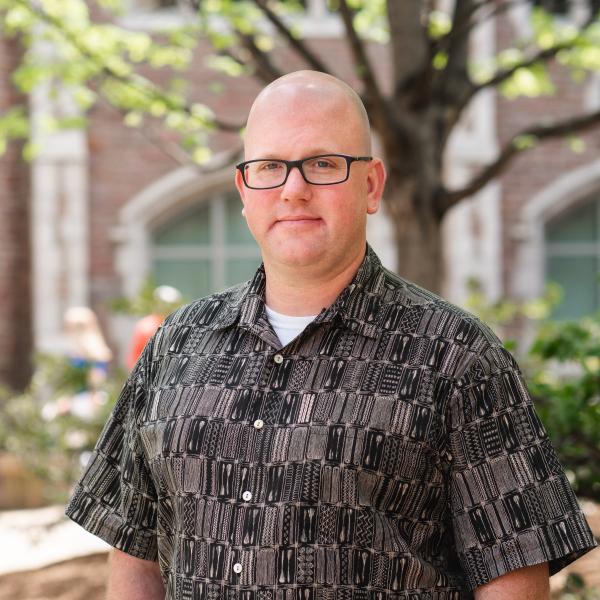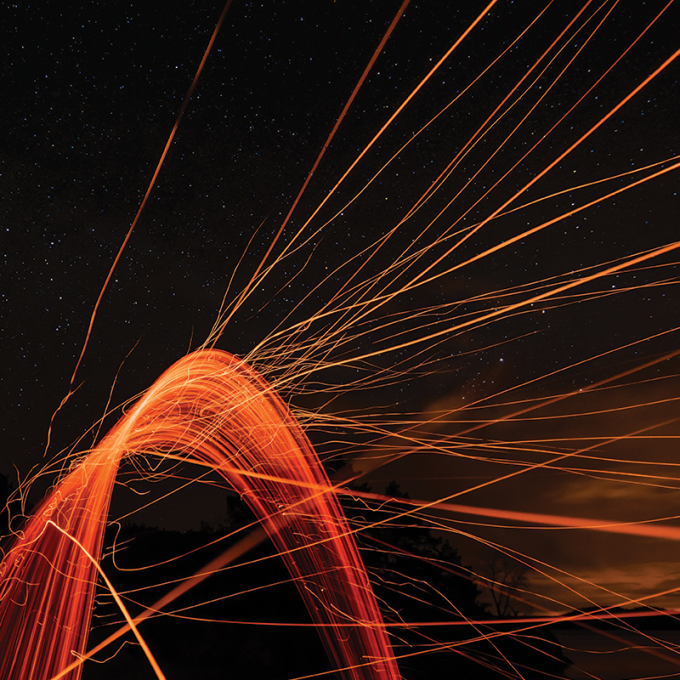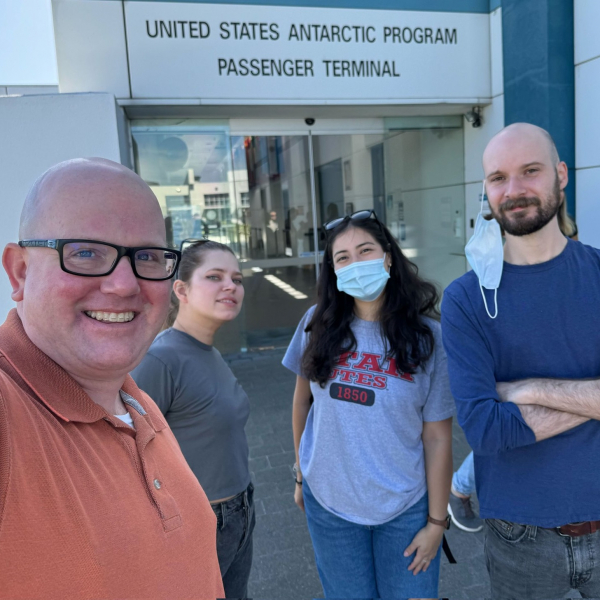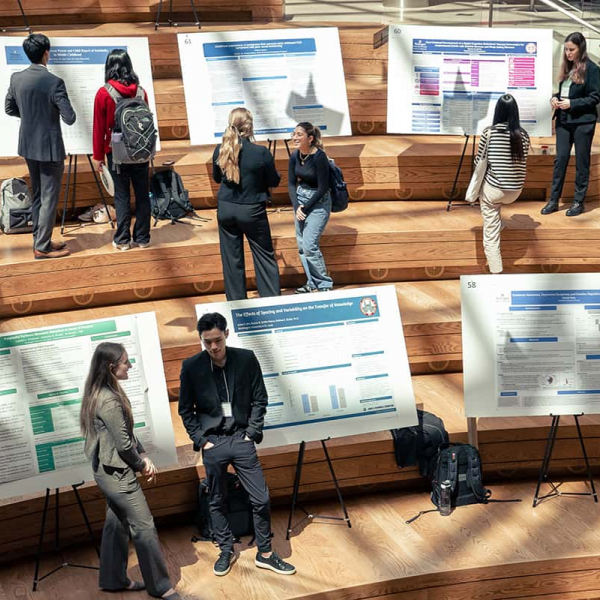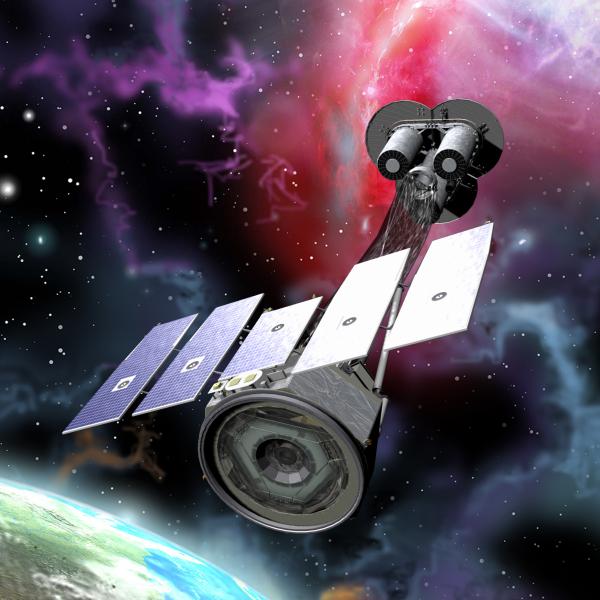Brian Rauch's research focus is in cosmic ray astrophysics. He was involved in ultra-heavy galactic cosmic ray (UHGCR) research with the Trans-Iron Galactic Element Recorder (TIGER) experiment as an undergraduate and graduate student, with SuperTIGER as a postdoc and research scientist, and is now the Principal Investigator (PI) for SuperTIGER-II.
Rauch has been involved in the design and modeling of concept (TIGERISS) and planned (HNX) next generation heavy cosmic ray experiments, and he has supported SuperTIGER/HNX CERN beam runs. He is the Institution PI leading Washington University’s participation in the CALorimetric Electron Telescope (CALET) experiment to measure electrons, nuclei and gamma rays, which launched to the International Space Station in 2015. He contributed to four CALET instrument beam tests at CERN, as well as modeling and simulation efforts, and is performing the CALET UHGCR analysis with Dr. Bob Binns.
Rauch is the Institution PI on the Antarctic Impulsive Transient Antenna (ANITA) experiment searching for the highest energy neutrinos and ultra-high energy cosmic rays (UHECR). He took a lead role in Washington University’s ANITA-III integration and flight monitoring efforts, and also in the ANITA-IV integration and flight from McMurdo Station, Antarctica. He had a significant role in the ANITA affiliated SLAC T-510 experiment to demonstrate the geomagnetic radio emission mechanism of UHECR under laboratory conditions. Rauch also has research experience in hyperspectral image analysis and nuclear reactor safety.
Awards
| 2014 | NASA group achievement award for SuperTIGER experiment |

